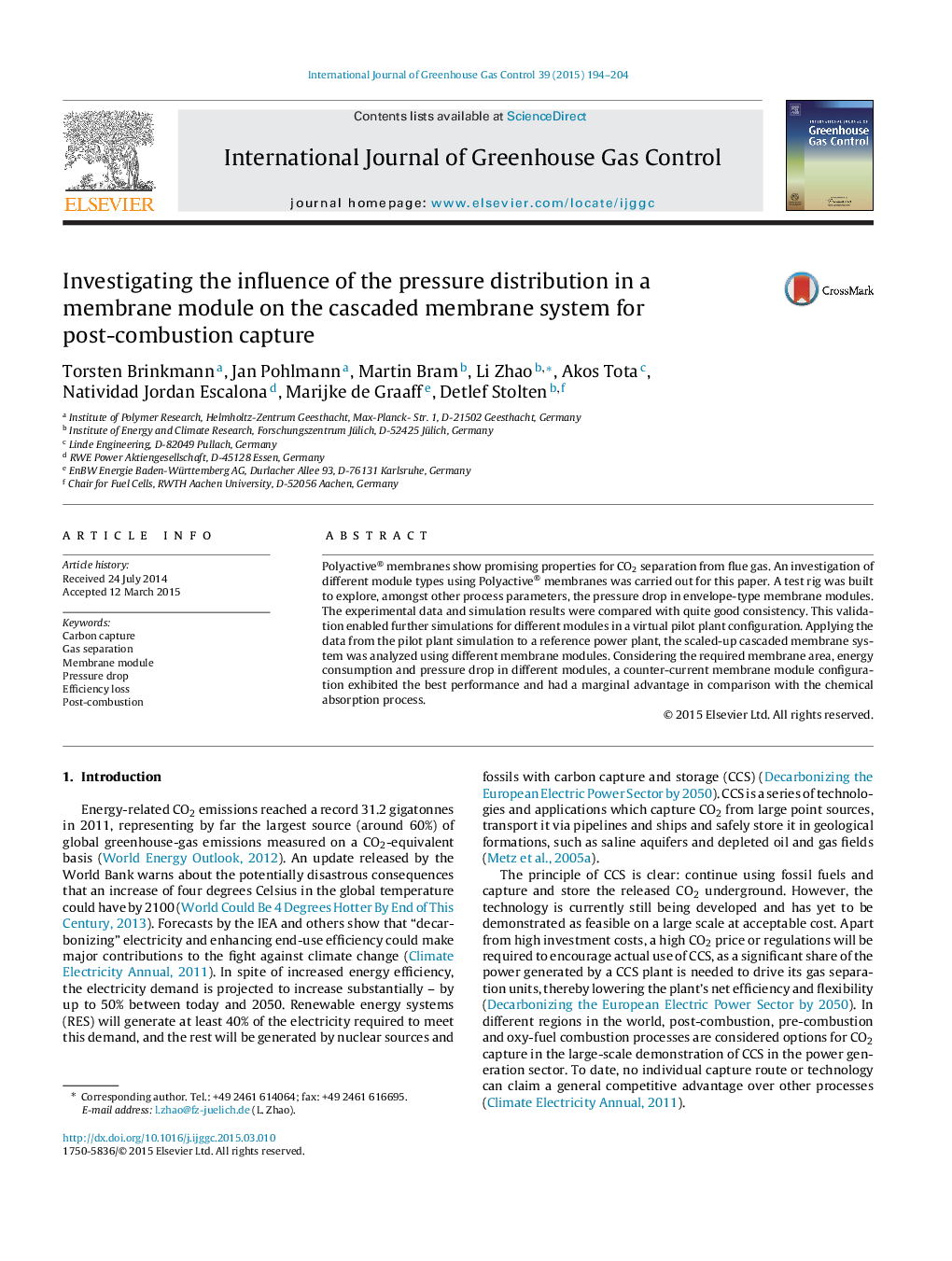| Article ID | Journal | Published Year | Pages | File Type |
|---|---|---|---|---|
| 6388423 | Progress in Oceanography | 2015 | 11 Pages |
Abstract
Analyzing the vertical particle flux and particle retention in the upper twilight zone has commonly been accomplished by fitting a power function to the data. Measuring the vertical particle flux in the upper twilight zone, where most of the re-mineralization occurs, is a complex endeavor. Here I use field data and simulations to show how uncertainty in the particle flux measurements propagates into the vertical flux attenuation model parameters. Further, I analyze how the number of sampling depths, and variations in the vertical sampling locations influences the model performance and parameters stability. The arguments provide a simple framework to optimize sampling scheme when vertical flux attenuation profiles are measured in the field, either by using an array of sediment traps or 234Th methodology. A compromise between effort and quality of results is to sample from at least six depths: upper sampling depth as close to the base of the euphotic layer as feasible, the vertical sampling depths slightly aggregated toward the upper aphotic zone where most of the vertical flux attenuation takes place, and extending the lower end of the sampling range to as deep as practicable in the twilight zone.
Related Topics
Physical Sciences and Engineering
Earth and Planetary Sciences
Geology
Authors
Kalle Olli,
